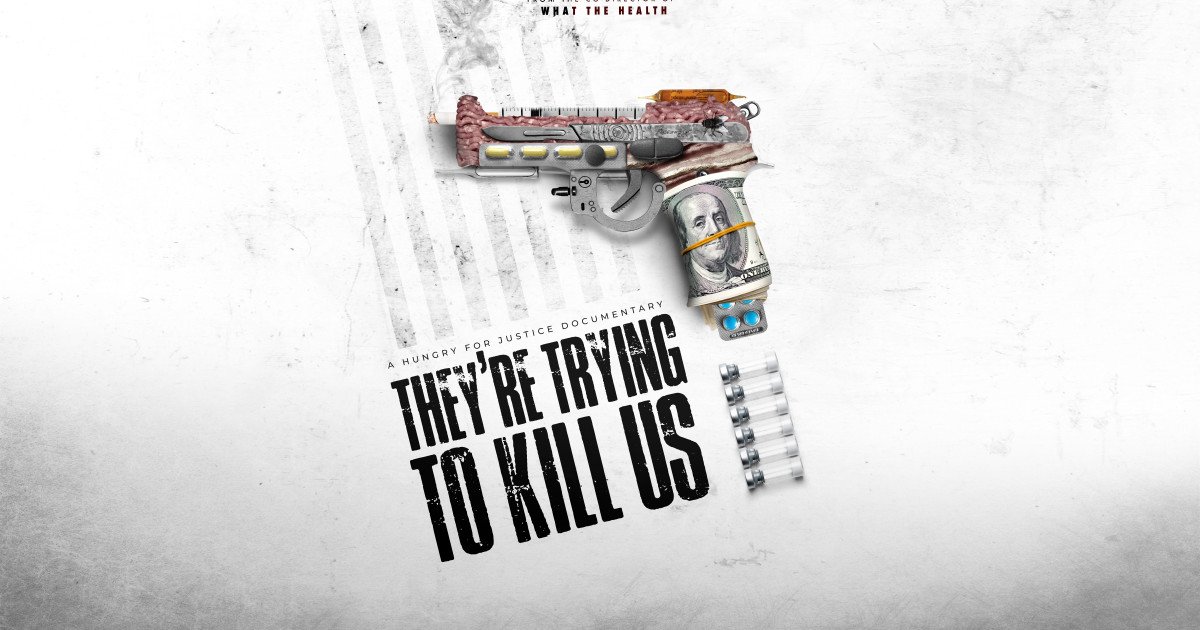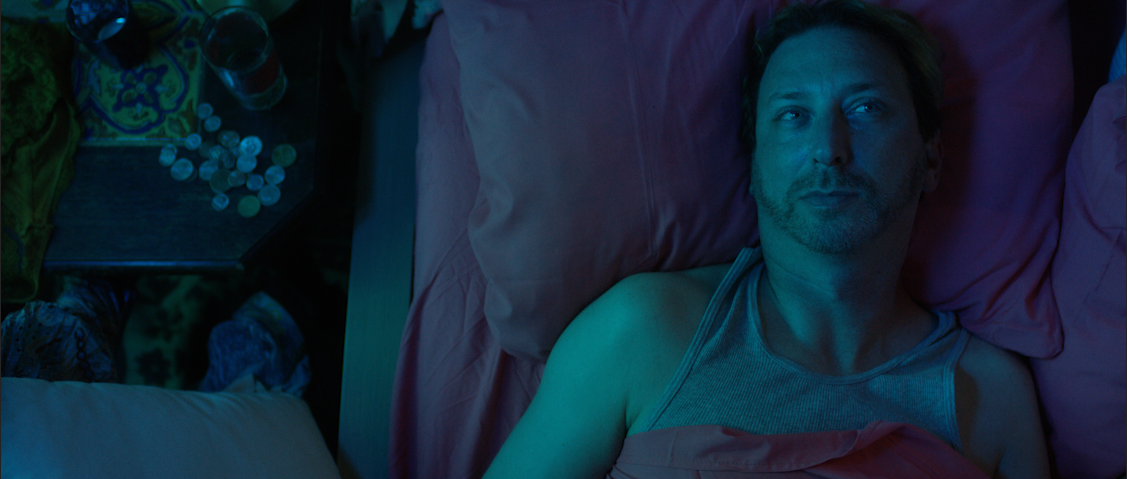Rad: The BMX Cult Classic That Defined a Generation
In honor of its original release, Rad returns to theaters nationwide for a special one-night event on Thursday, March 20, 2025. Dubbed "Rad Day 2025," this double-feature screening not only presents the remastered classic in stunning 4K but also premieres the brand-new "A Rad Documentary." This documentary delves into the film's enduring impact on BMX culture and 1980s cinema, featuring interviews with the original cast, crew, and BMX legends. Audiences can look forward to behind-the-scenes insights, reflections on the making of Rad, and explorations of its lasting legacy. Tickets are available through Fathom Events, with screenings in over 700 theaters across the U.S. and Canada. This event offers both longtime fans and newcomers a unique opportunity to experience the film that ignited a passion for BMX on the big screen once again.
For those eager to relive the excitement or discover it anew, "Rad Day 2025" promises an unforgettable celebration of BMX culture and the timeless appeal of Rad.
Before social media, before endless scrolling, and before viral videos, kids and teenagers found inspiration in the real world, on the streets, at the local BMX track, or in movies like Rad (1986). Directed by Hal Needham, Rad became a defining piece of BMX culture, showcasing not just the adrenaline-fueled sport but also the passion, rebellion, and creativity that made BMX a way of life.
The Golden Era of BMX: High-End 80s Bikes
The 1980s were a time when BMX wasn’t just a sport; it was a movement. Riders obsessed over the latest high-end bikes, pushing the limits of what was possible. Some of the most coveted models of the time included:
• GT Pro Performer – A freestyle legend with its unique bent down tube and top-tier performance.
• Hutch Pro Racer – Sleek, lightweight, and built for both speed and style.
• Redline Proline II – A game-changer with tubular chromoly forks, making it one of the strongest race bikes of its time.
• Skyway TA (Totally Aerodynamic) – Recognizable for its futuristic frame and durable Tuff Wheels.
• SE PK Ripper – A BMX racing icon, ridden by top pros and known for its lightning-fast frame.
These bikes weren’t just tools for getting from point A to point B—they were status symbols, extensions of a rider’s identity, and essential for pulling off the best tricks.
Before riders could learn moves from YouTube tutorials, they had to watch pros in movies like Rad, rewind VHS tapes, and practice for hours at the local skatepark or empty lot. Its not just about the wheelie as we see many of the youngsters do today on their Big Ripper, some of the most unforgettable tricks featured in the film included:
• Bunny Hop – The gateway trick, allowing riders to clear curbs, obstacles, and eventually progress to more advanced moves.
• Endo – A front wheel stand that became a staple in BMX freestyle.
• Fakie – Riding backward with full control, often used to transition into other tricks.
• Decade – A full-body 360 spin around the bike’s head tube, a move that wowed audiences.
• Miami Hopper – A stylish stationary trick requiring perfect balance on the front peg.
• Cherry Picker – Standing on the rear pegs while lifting the front wheel, a must-have move in any 80s freestyle routine.
The now-iconic “Bicycle Boogie” dance scene, where riders perform stunts to Send Me an Angel, remains one of the most unforgettable BMX moments in film history.
The Lasting Impact of Rad
Decades later, Rad still resonates with BMX riders and fans alike. In a world dominated by social media and instant gratification, the movie serves as a reminder of a time when BMX culture spread through word of mouth, local competitions, and films like this one. There were no hashtags, no viral clips—just pure skill, passion, and dedication.
For anyone who grew up in the 80s or simply loves BMX, Rad is more than a film—it’s a time capsule from an era when all you needed was your bike, your friends, and a place to ride. Whether you’re reliving childhood memories or discovering it for the first time, Rad is the ultimate tribute to a generation of riders who lived for the thrill of the ride.
Julian Lucas, is a photographer, a purveyor of books, and writer, but mostly a photographer. Don’t ever ask him to take photos of weddings or quinceaneras, because he will charge you a ton of money.
















